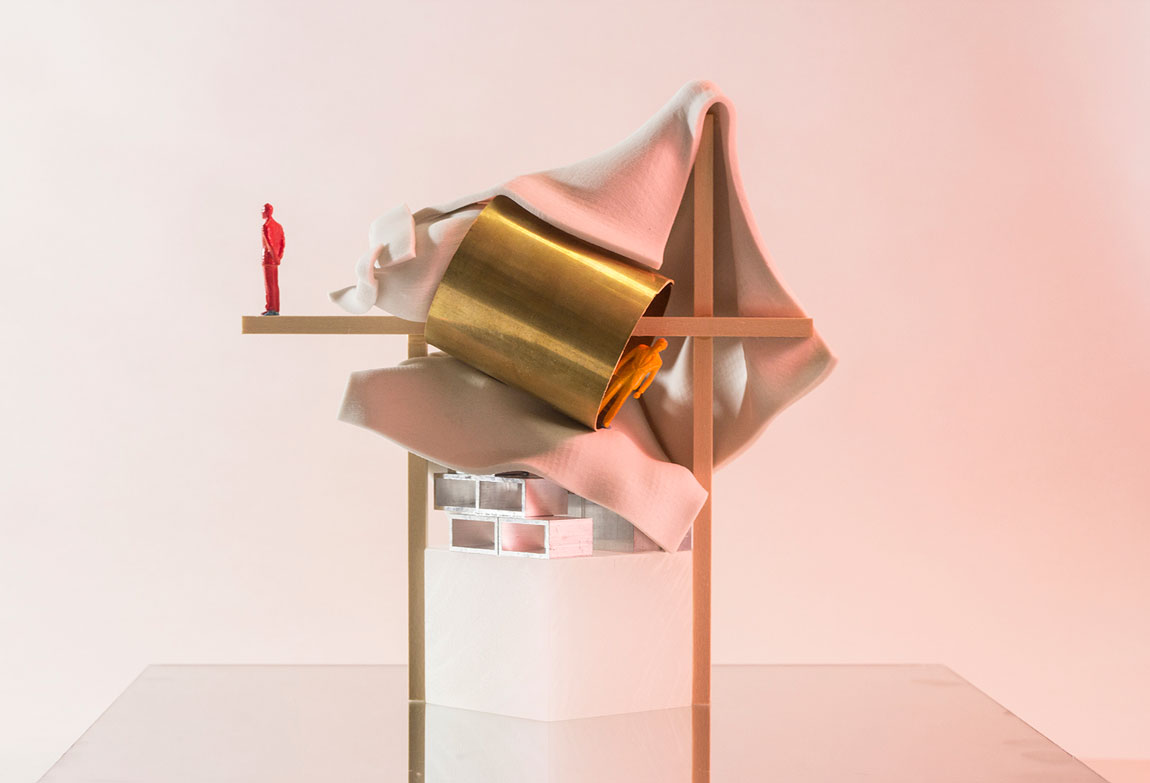
Andrew Holder, The LADG, Cambridge: On sufficient density
-
Room 108, 569 Spadina Crescent, Koffler House
The recent work of The LADG has been preoccupied with the relationship between buildings and things. If buildings are conventionally understood as empty containers in which to gather our stuff, it is also possible to imagine the reverse scenario. Perhaps the spaces we occupy are not so much the interiors of buildings as the residual gaps left over in the mountain of material we accumulate. That is, architecture could be conceived as the art of organizing the space between an endless and largely undifferentiated field of things: phones, columns, books, knick-knacks, asphalt, clothes, garbage, walls, etc., etc. In this view, buildings are exceptional simply because they arrange things in sufficient density to provide affordances not found elsewhere in the interminable array. The occasion for pursuing this counterintuitive view of the discipline is two-fold: first, vast quantities of things are a defining characteristic of contemporary life; and second, a revival of interest in the history of the rococo provides a body of precedent illustrating how architects might work in a thing-based milieu. The LADG's current work in this vein includes a large scale open-air restaurant in Los Angeles, a mixed-use building in Venice Beach, and several commissions for private residences.
Andrew Holder is an Assistant Professor at the Harvard Graduate School of Design and a founding principal of The LADG. His research interests include the construction of architecture as an inanimate subject as well as novel methods of engaging historical precedent in a post-digital discipline. Andrew’s writing and design work have been published in Young Architects 16, Harvard Design Magazine, Log, Pidgin, and Project. He is a frequent lecturer and guest critic at institutions across the United States and has held teaching appointments at the University of Michigan, the University of Queensland, the University of California, Los Angeles, Sci-Arc, and Otis College of Art and design. His design work has received numerous awards including the 2014 League Prize from the Architectural League of New York, multiple citations from the American Institute of Architects Los Angeles Chapter, and the Boston Society of Architects Unbuilt Architecture award.

